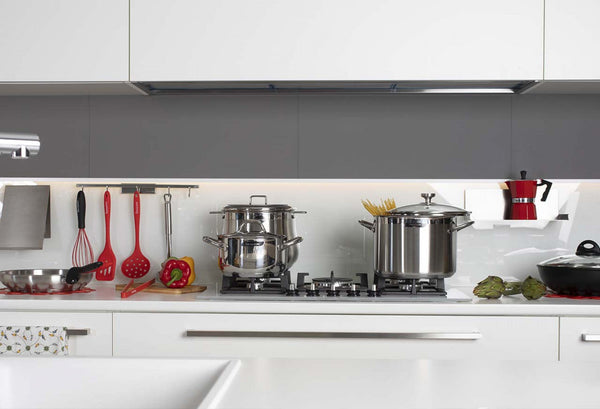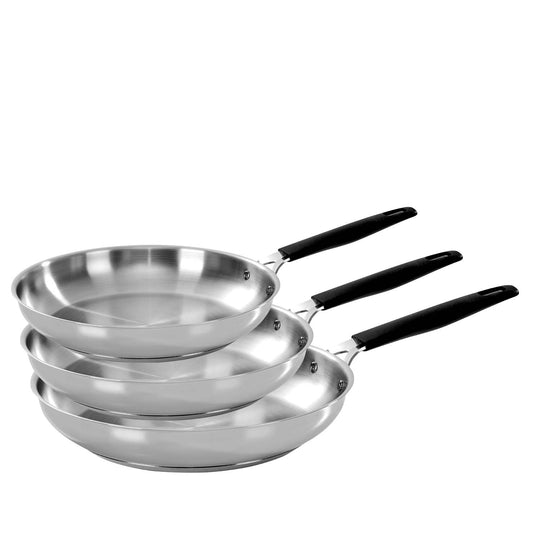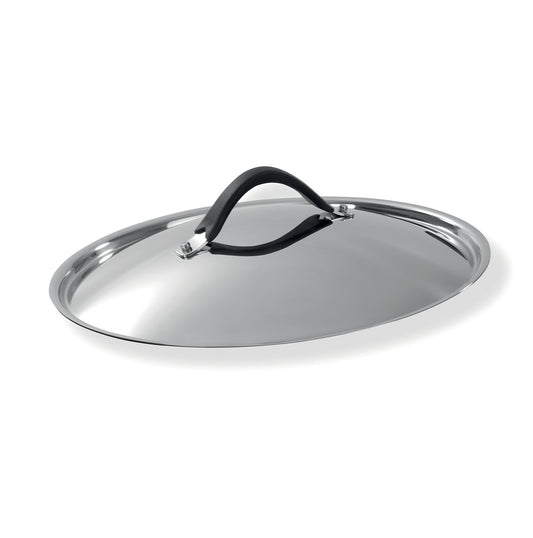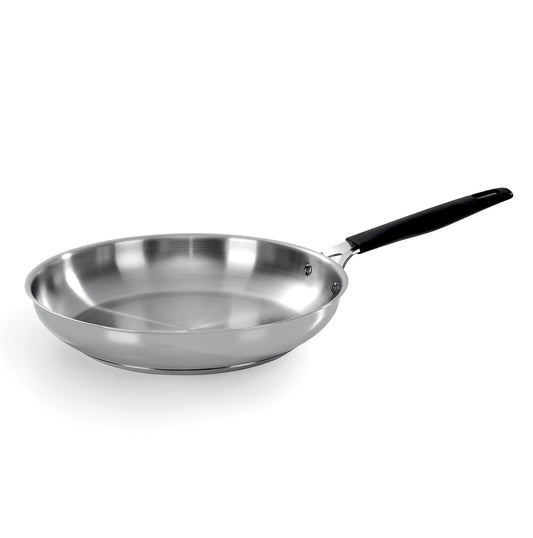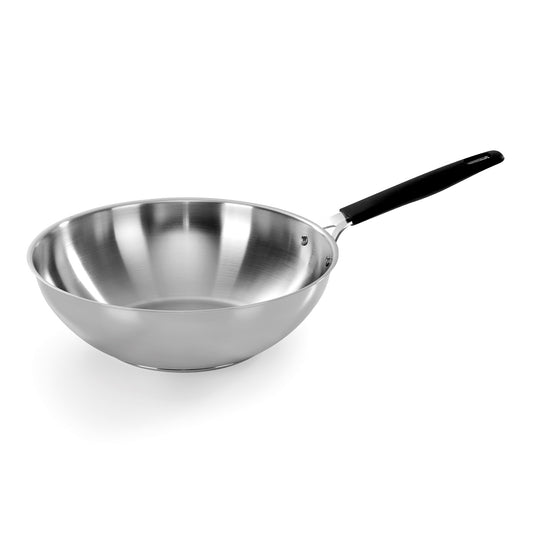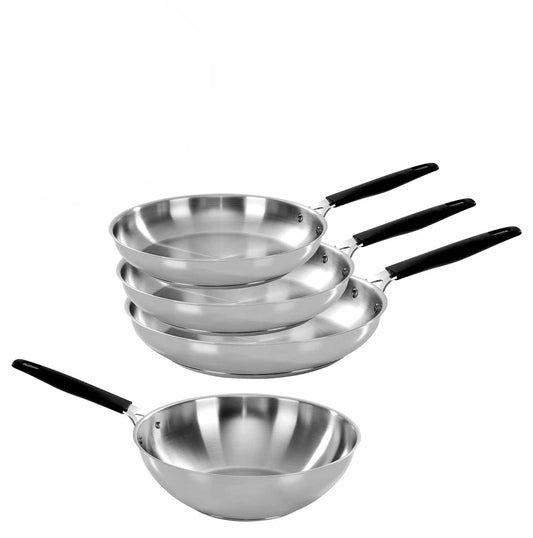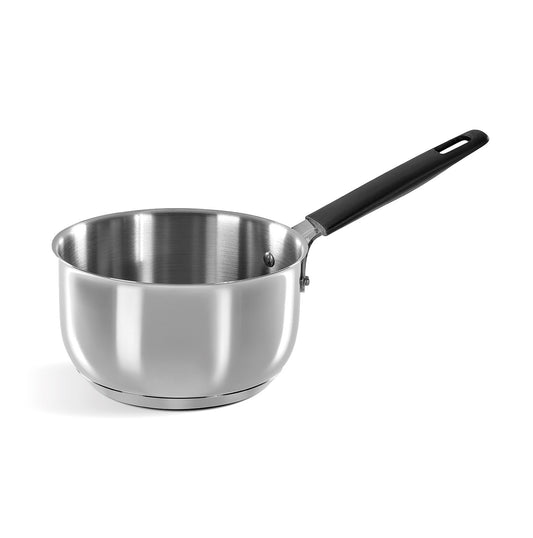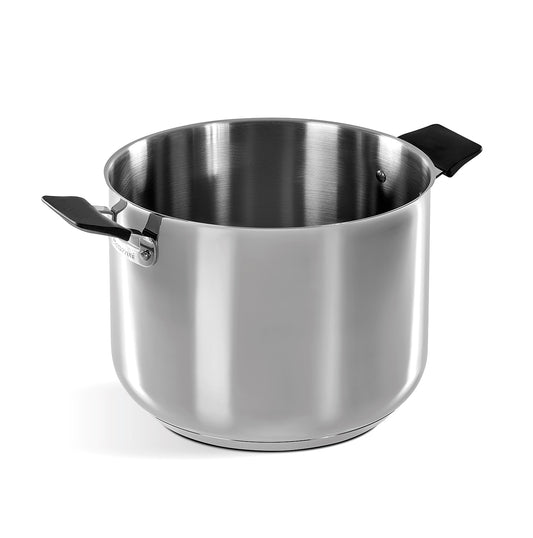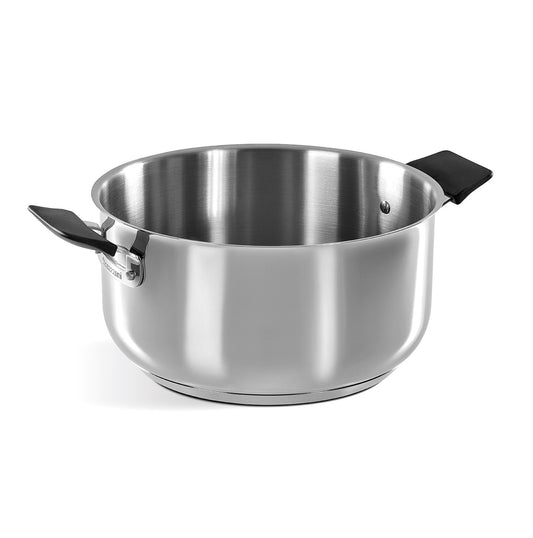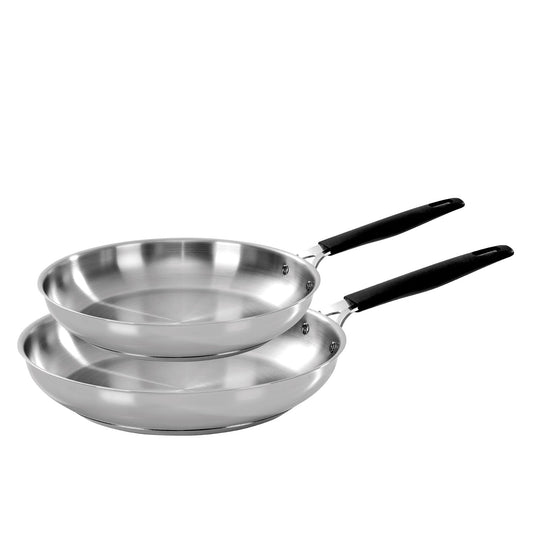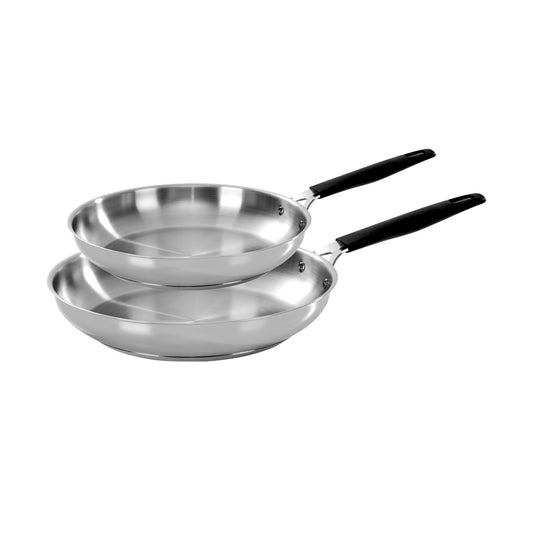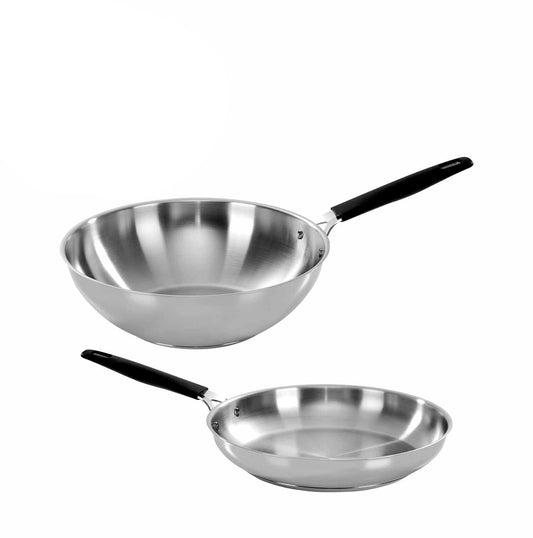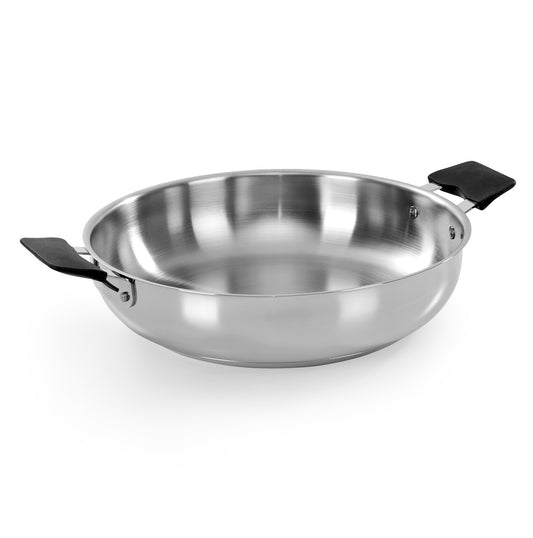Let's face it, with rare (very rare) exceptions, almost all of us are serial hoarders. We buy, use, and struggle to get rid of most products because "you never know" or "just one more time and then I'll get rid of it." Yet, as the years go by, how many of those products have actually been recycled/donated/thrown away? If you're thinking about it, then it's time to take action.
A healthy dose of shock therapy is needed. Not to be drastic, but the benefits of tidying up all those shelves you can't look at anymore (because you don't know where to put your hands) are numerous. In this article, we'll focus specifically on the kitchen, the room we inevitably spend most of our time in and which consequently becomes the perfect place to accumulate all sorts of objects.
Well, let's get started:
Rule one: start with the right motivation.
As with everything, motivation is essential. We need to look around and remember that we are a reflection of our home, and therefore of our kitchen.
Have a plan.
Empty all the drawers and decide how to arrange your items, perhaps even changing the order you've always used. It may seem superfluous, but rearranging furniture and objects (and so on) helps you feel like you've moved into a new, fresh space at no cost.
Remove all unnecessary objects:
- Plates, glasses, cups and mugs that are now chipped or ruined.
- Say goodbye to knives that don't cut even when you try to sharpen them and to cutting boards that are too damaged.
- Worn-out dishcloths, stained or even holed tablecloths, mismatched napkins (etc.): these can be torn up and reused as cleaning cloths.
- Get rid of all the blackened wooden ladles and broken silicone utensils. They're no longer needed, and for hygiene reasons, it's always best to replace them.
- Plastic containers are now deformed and without lids. Discard them and start using glass or steel products, which are much more durable and sustainable.
- Anything that has never been used (tools, appliances, etc.) makes a wonderful gift for someone we know would put it to good use.
Pots and pans: to keep or not? It's time to separate all the tools of cooking for material.
For the non-stick The first thing to ask yourself is: how long have I had it? If it's been more than five years since you bought it, then it's time to check the condition of our pans.
If they are scratched, the coating is blackened or full of stains and in some parts the coating is even missing, it is best to let them go (even if it hasn't been 5 years).
For non-stick coating, it's very important to use the right utensils—wooden or silicone—and pay close attention to their positioning when putting them in the dishwasher: the baskets, if not completely covered with a coating that prevents scratches, can potentially damage the product's non-stick properties.
The danger to our pans doesn't end there; in fact, we must be careful when storing them on shelves and use pan protectors, which are an excellent tool for stacking them while avoiding those annoying scratches from rubbing.
Don't know what to do with all those ruined pans that you're tempted to put back on the shelf and think about it later? Stop, it's very simple: if the pan or saucepan is small, generally just toss it in the metal recycling bin.
Conversely, if it's large, proper disposal is at a recycling center where it will be sorted and subsequently recycled. However, it's important to always check the instructions provided by your local waste management company.
With steel It's a whole different story. The question is always the same: how long have I had it? At this point, if the answer is 'I don't know,' you can pat yourself on the back because you did a great job and made a great purchase. A stainless steel pot can last forever and doesn't need to be replaced periodically. That doesn't mean you can just throw it away.
Let's take care of our belongings, and if there are streaks or stains on the bottom, no problem: just mix detergent with an abrasive pad and, with a little elbow grease, it'll be as good as new. If the stains persist, simply use specific products for steel or simply lemon juice and baking soda if you prefer a home remedy. These stains are caused either by starch released from food, minerals in the cooking water, or salt itself. It's good to know that you can use the pans even with these stains, as they don't affect their use in any way and don't release any harmful substances.
As for the remote possibility of having to dispose of a steel cookware, just reread the instructions for nonstick pans. Same procedure, same simplicity.
Do it for yourself : this is perhaps the most important rule. If you've reached the end of this article, then you probably feel it's time to declutter, not just in the kitchen, but also within yourself. As mentioned in the first point, the home reflects who we are, our state of mind and spirit. A tidy home helps us reduce stress and be in control of our surroundings, knowing we're giving our investments the right weight. It teaches us to recognize and appreciate the corners of the house, and helps us make room for the future by closing the drawers of the past. Furthermore, with the right tools, clean and tidy, it's easier to ensure food security for ourselves, our family, and our friends.
Order shouldn't be an obsession, but a moment of balance and pleasure. The important thing is to unlock point 1, and then, from there, a new world will open up.
Here's a quick map to help you understand how and if you need to dispose of your cooking utensils:

